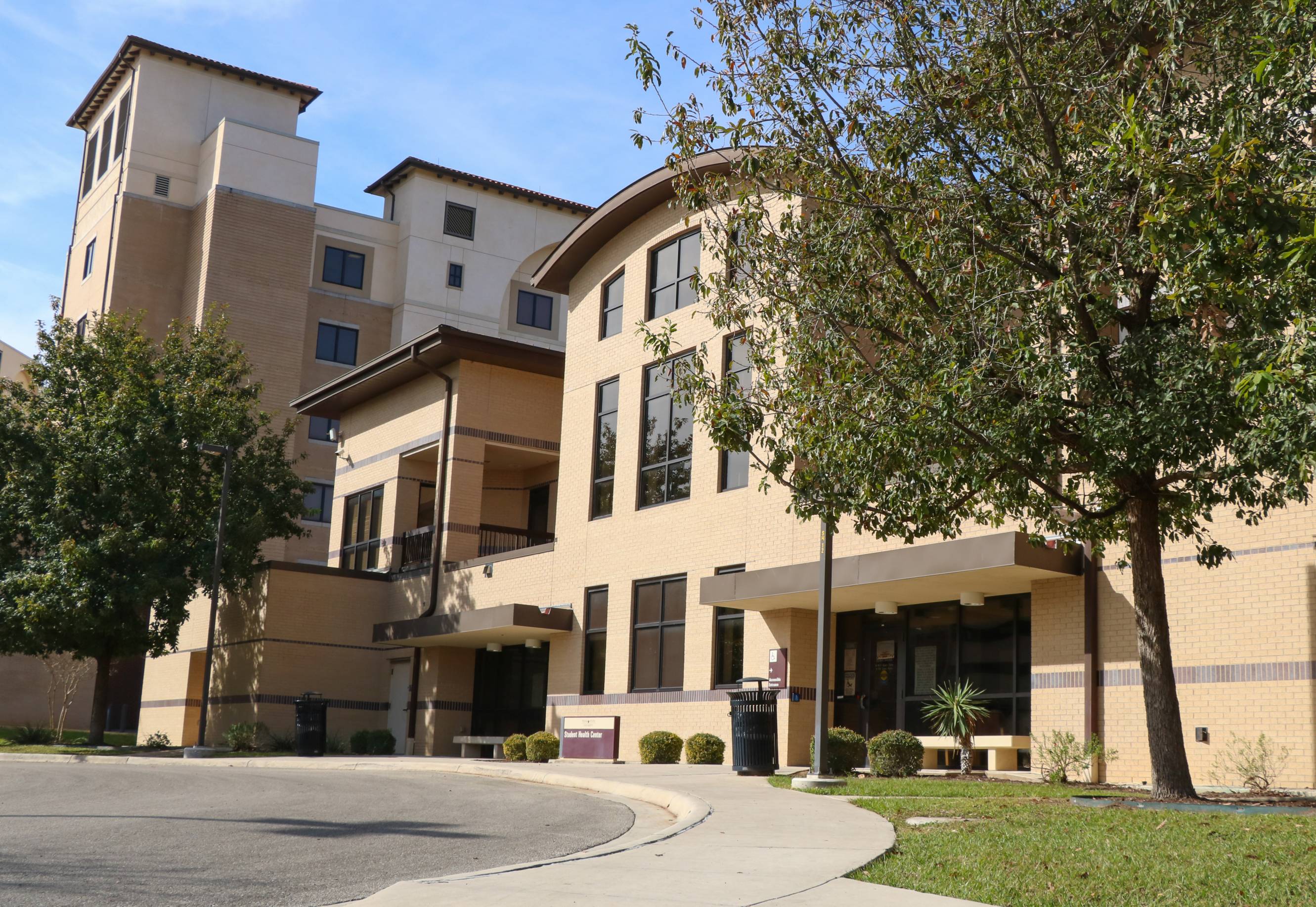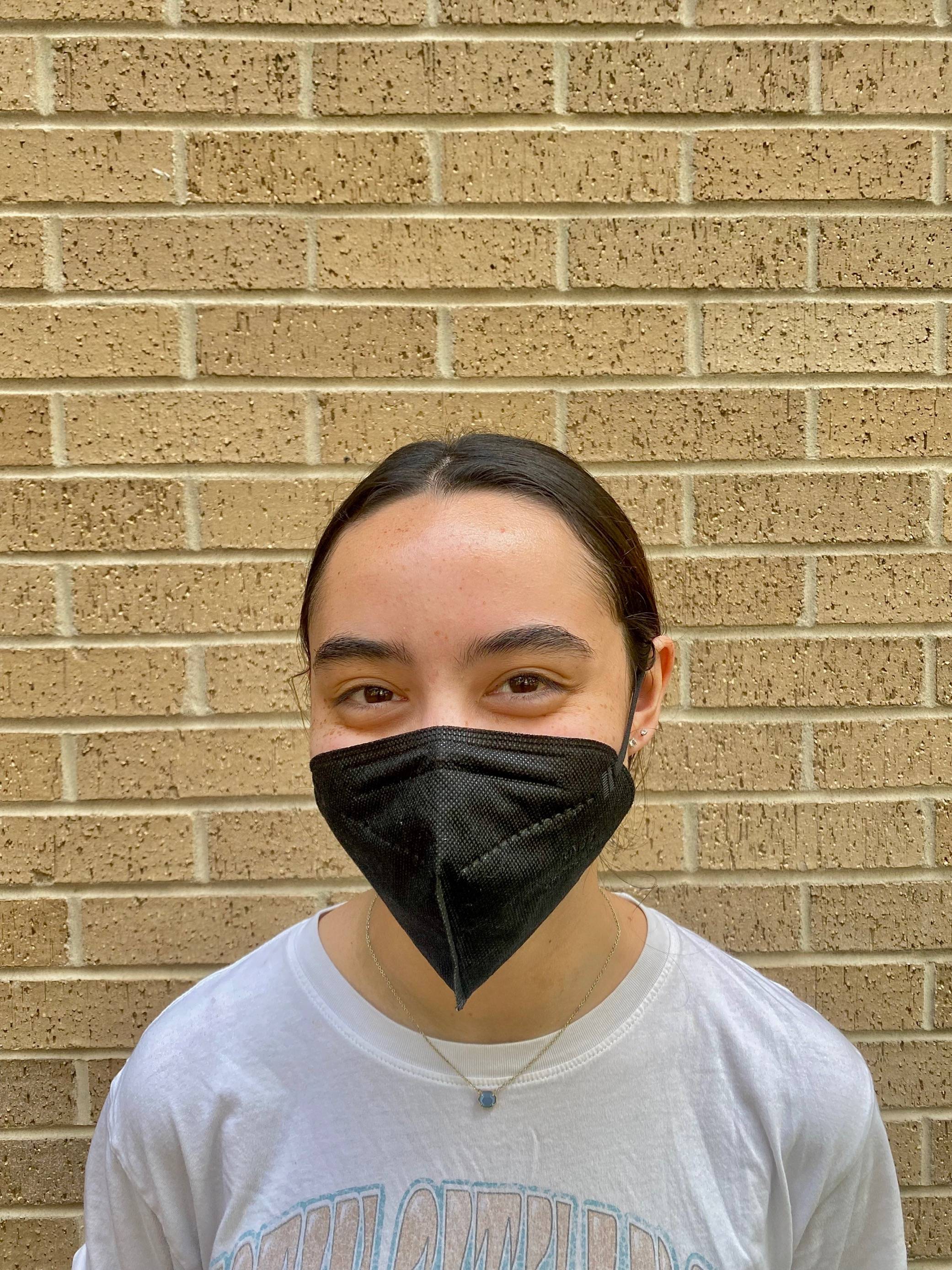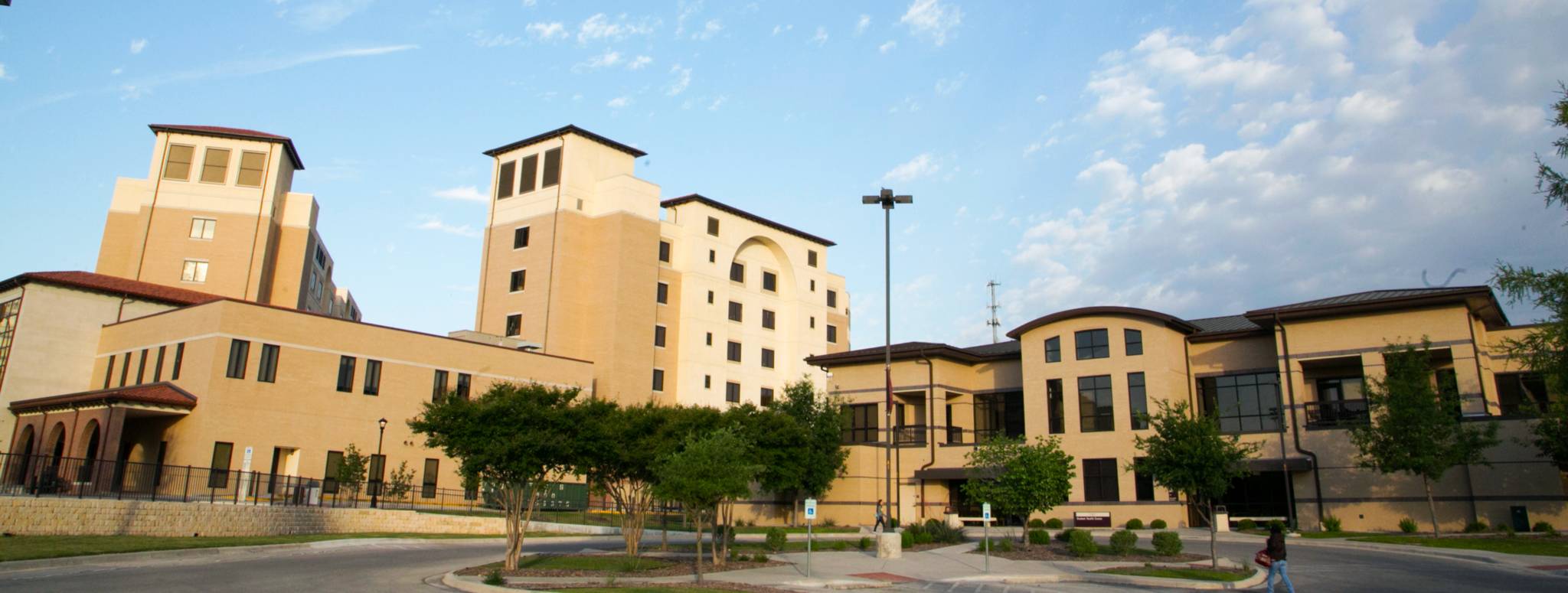COVID-19 Information Center
Texas State University is committed to keeping our community safe and our students advancing toward their educational goals. This page gathers all COVID-19 resources and recommendations in one location so you can easily find the information you need.
COVID-19 Treatments
For those experiencing symptoms of COVID-19, new treatments are available.
COVID-19 Testing
On-Campus San Marcos Location

All Texas State faculty, staff, and students may schedule COVID-19 PCR testing by calling the Student Health Center at 512-245-2161 to schedule an appointment, Monday-Friday. Most health insurance plans will cover the cost of testing. The charge for a PCR test is $75 for those who have no insurance or are out-of-network.
The federal government has authorized additional free at-home rapid antigen tests. If you have not requested the tests, this may be another option.
On-Campus Round Rock Location
Student Health Center at the Round Rock Campus
Faculty, staff, and students can call (512) 245-2161 and select option 2 to schedule a COVID-19 PCR test in the Student Health Center in Round Rock. Tests are sent to Clinical Pathology Laboratories (CPL) for analysis. Results will be sent to the patient through the patient portal. At-home rapid antigen tests are available for purchase.
Hours:
Monday, Wednesday, Friday - In-Person or Telehealth
8 am - 11:30 am and 12:30 pm - 5 pm
Tuesday, Thursday - Telehealth Only
9 am - 6 pm
What to Do If You Are Sick
Symptoms of COVID-19
COVID-19 illness may present like a cold or allergies. Symptoms can appear 2–14 days after exposure to the virus. Illness may be mild to severe. It is important to test for COVID-19 if you develop symptoms of a cold or allergy. Some of the more common symptoms of COVID-19 are listed below.

- Sore throat
- Congestion or runny nose
- Sneezing
- Headache
- Persistent cough
- Fatigue
- Muscle or body aches
- Fever
- Shortness of breath or difficulty breathing
- New loss of taste or smell
- Nausea or vomiting
- Diarrhea
For more information, see the CDC's Symptoms of COVID-19.
Next Steps If You Are Ill
Review the common symptoms of COVID-19.
Isolate yourself immediately if you are experiencing COVID-19 symptoms. Individuals with COVID-19 sometimes experience mild symptoms, few symptoms, or no symptoms at all.
If the test result is positive, review the following section, "Next Steps After Receiving a Positive COVID-19 Test."
If the test result is negative, you may return to work and school once your symptoms have improved and you are fever-free for 24 hours without taking a fever-reducing medicine.
What to Do If You Test Positive
Next Steps After Receiving a Positive COVID-19 Test
Face Masks
Choosing the Right Mask

When choosing a face covering, select the most protective mask or respirator you can that fits well and can be worn consistently.
Masks are made to contain the particles you breathe, cough, or sneeze out and can provide some protection from the particles spread by others. Like masks, respirators can contain the particles you breathe, cough, or sneeze out, but they also protect you by filtering the air you breathe in.
Loosely woven cloth masks offer the least protection, while layered finely woven products offer more. The most protective masks are disposable surgical masks that prevent leaks at the nose, chin, and sides of face.
Respirators, such as N95s and KN95s, offer the highest level of protection and are recommended for higher risk situations and for people at risk for severe disease.
For more information on mask selection, see the CDC's webpage on Types of Masks and Respirators.
When to Wear a Mask
At any time, you can wear a mask based on your personal preference and risk level. When your local COVID-19 community level is high, the CDC recommends wearing a mask in public indoor settings, regardless of vaccination status.
There are a number of situations where the CDC recommends choosing a mask with greater protection:
- For people who are immunocompromised, older adults, and people with certain underlying medical conditions
- When caring for someone who is sick
- If you are not up to date on COVID-19 vaccinations
For more information on when to wear masks, see the CDC's webpage on Use and Care of Masks.

